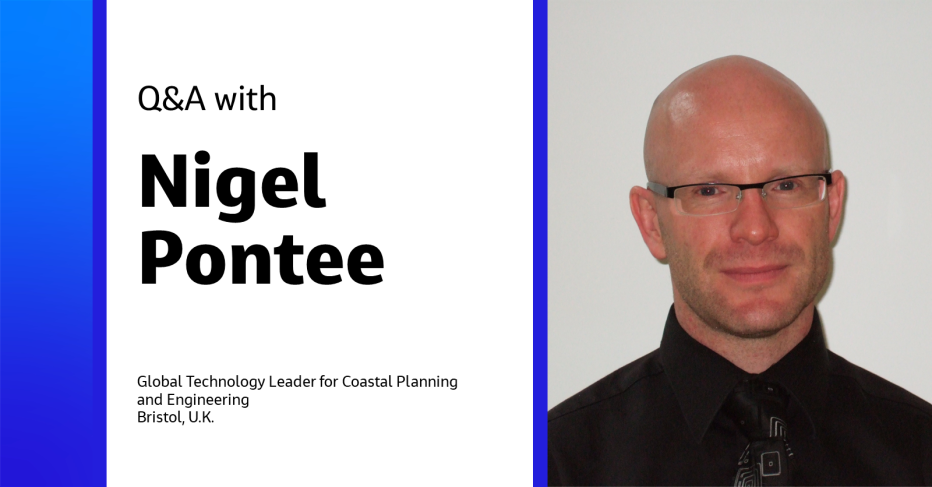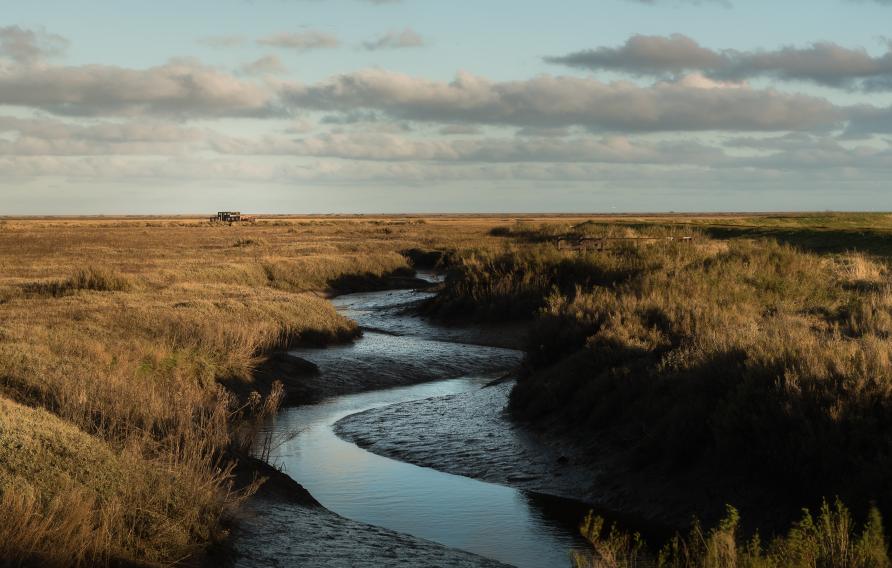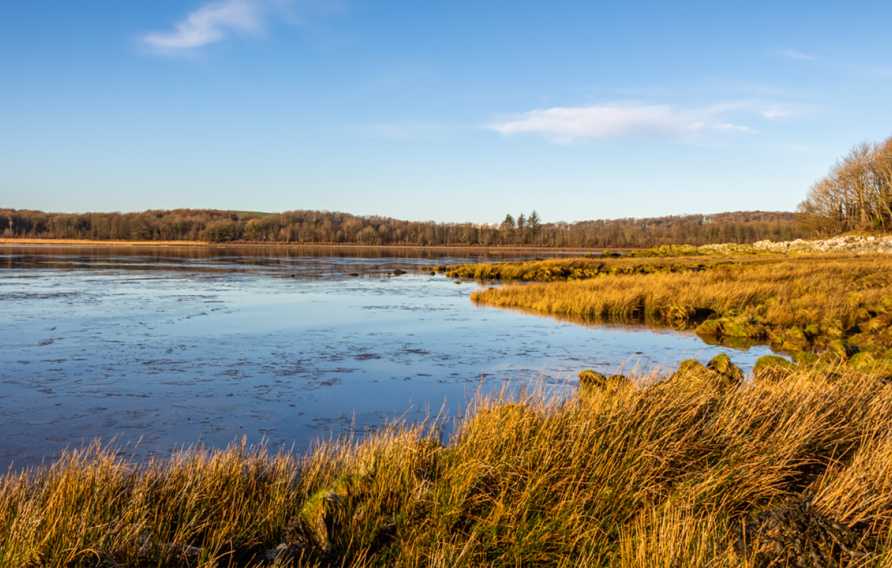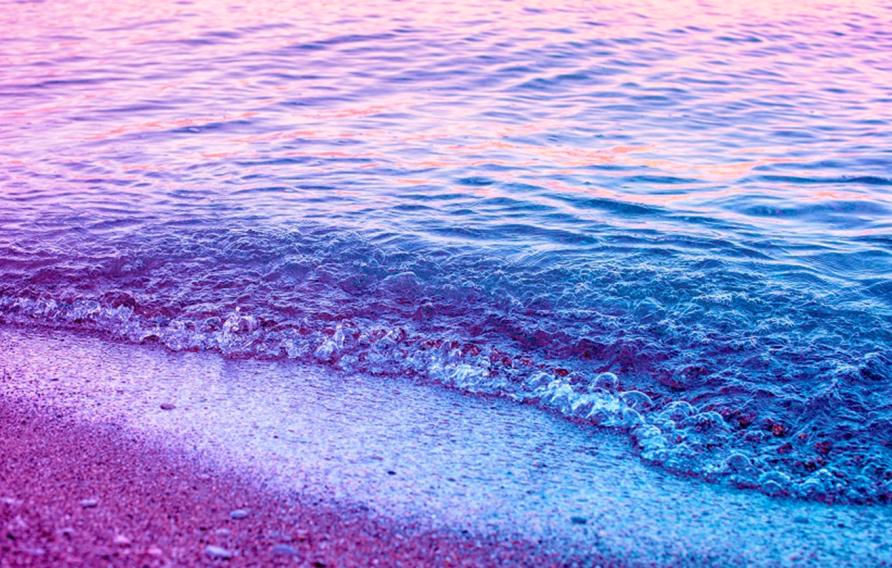



Jacobs. A world where you can.



As climate change threatens water security around the world, more communities are turning to water reuse as a resilient water supply solution and embracing the OneWater principle that all water has value. Jacobs has been supporting clients with water reuse programs for decades, beginning with the first applications of advanced wastewater treatment technologies in the 1960s. We provide our clients with a full range of services, from water reuse feasibility studies to design, construction and operations.



We’ve provided design-build services to the water sector for over 25 years and delivered more than 150 projects. We offer fully integrated design-build and design-build-operate capabilities to tackle the most complex water challenges and work in close collaboration with our clients.



For more than 30 years, Jacobs has been responsible for planning and implementing Lead and Copper Rule-related strategies which protect millions of people in the U.S. and Canada. Our work includes enhanced water quality monitoring strategies, sampling plan development, harvested pipe-scale analysis, lead service line inventories and replacement plans, corrosion control studies and the incorporation of equity and environmental justice considerations into compliance programs.



A curated selection of some of the top-listened to and trending podcast episodes from our popular If/When podcast series.



As a purpose-led company, we know we have a pivotal role to play in addressing the climate emergency. We consider this not only good business, but our duty to channel our technology-enabled expertise and capabilities toward benefitting people and the planet.



We work in partnership, delivering some of the most challenging, diverse and innovative projects and programs globally across multiple sectors. We integrate complex interfaces across planning, procurement and delivery to help unlock better social, environmental and economic outcomes from mega and giga projects.



As our clients navigate the digital transformation and growing cyber risks, we have positioned ourselves at the forefront of this growth, adding digital capabilities, products and tools to serve a growing set of customers.



Sit down with our visionary team of thinkers, dreamers and doers to see what a day in the life is like.



Together with our visionary partner, PA Consulting, we're establishing our position in high end advisory services, creating a springboard to expand in high value offerings beyond the core.


At Jacobs, we're challenging today to reinvent tomorrow by solving the world's most critical problems for thriving cities, resilient environments, mission-critical outcomes, operational advancement, scientific discovery and cutting-edge manufacturing, turning abstract ideas into realities that transform the world for good. With approximately $16 billion in annual revenue and a talent force of more than 60,000, Jacobs provides a full spectrum of professional services including consulting, technical, scientific and project delivery for the government and private sector.



The only certainty about the future is uncertainty. Resilience is an attribute of a smarter planet, and requires planning and adapting ahead of potential threats. We help our clients survive, recover, adapt and thrive.



Jacobs is working to help clients across the United States secure federal funding for projects that make our cities and communities more connected and sustainable. Working hand-in-hand with clients from coast to coast and everywhere in between, Jacobs develops bold, innovative solutions to address the nation’s toughest challenges.



Now more than ever, we appreciate the hard work, sacrifice and dedication of the medical profession in ensuring the health and safety of our communities.



Together, we are stronger. Together, we can transform the future.



Stories that capture our partnerships and innovative impact for a more connected, sustainable world



As countries and organizations around the world adopt net-zero carbon commitments, there’s growing interest in natural solutions that can remove carbon dioxide from the atmosphere. These solutions can serve to offset emissions from essential operations and play an important role in limiting global temperature rises.
The restoration of coastal and marine ecosystems that trap and store carbon— known as Blue Carbon — is one such strategy. Coastal habitats can sequester carbon more effectively than terrestrial habitats such as rainforests, while the restoration of these ecosystems provides added benefits, such as flood defense and water quality improvements.
At Jacobs we have over 20 years of experience planning and designing nature-based solutions that restore coastal habitats, and we’re now leveraging that expertise for climate mitigation measures. In line with our climate response commitments, we’re supporting clients with their net-zero and resilience ambitions, as well as addressing the impacts of climate change on biodiversity.
For this Q&A, we connected with Professor Nigel Pontee, Jacobs global technology leader for coastal planning and engineering. Nigel has worked extensively on the restoration of coastal habitats around the globe and is currently supporting our clients in the U.K. with the research, planning and design of Blue Carbon initiatives.
Tell us a bit about your career background and your role at Jacobs.
I spent nine years studying at university, beginning with a degree in geological oceanography at the University of Wales, Bangor and then a Master’s in sedimentology at the University of Reading. For my PhD, also at Reading, I researched how beaches in Suffolk on England’s southeast coast change over time in response to different wave conditions, and that was followed by post-doctoral research at the University of Bordeaux in the southwest of France looking at saltmarshes and sand dunes and how they've changed over the last 10,000 years. After that I began working in consulting companies and joined Jacobs in 1997 as a senior consultant. I’m now on the technologist career path, doing a combination of technical work and serving as global technology leader for coastal planning and engineering. While I do a lot of coastal habitat restoration work in general, in the past 18 months or so Blue Carbon has become a much larger focus.
Blue Carbon may be an unfamiliar concept to some. What is Blue Carbon and why is it such an exciting subject right now?
In simple terms, Blue Carbon is carbon that is trapped and stored in coastal and marine ecosystems. For context, carbon that’s trapped in terrestrial systems including trees would be termed Green Carbon, and carbon that's trapped in freshwater systems would be called Teal Carbon. There are a range of marine ecosystems or environments that trap carbon, including the ocean sediments themselves, plants such as mangrove forests that grow along the coasts in tropical and subtropical environments and also seaweeds, seagrasses and saltmarshes.
In the U.K. there’s a lot of interest in saltmarsh restoration as a way of trapping and storing Blue Carbon. That’s especially interesting to me because the majority of my work over the last 20 years has been on the restoration of saltmarshes as natural habitats, usually for flood defense benefits and as compensation for habitats that have been lost elsewhere. At Jacobs, we’ve helped design, deliver and monitor wetland development schemes that have created around 1,500 hectares of habitat, with more projects currently under construction. This year we became the only solutions provider to join the Blue Recovery Leaders Group in the U.K., which will support the Wildfowl & Wetlands Trust with its goal of creating 100,000 hectares of new and restored wetlands.
What’s exciting to me now is that there's a whole new set of clients that are interested in saltmarsh restoration because of the benefits it can bring for carbon sequestration. There’s growing interest following COP26, with more countries and organizations adopting net-zero targets that will require climate mitigation measures to offset carbon emissions. We’re seeing strong interest in local or national nature-based solutions that also deliver added environmental and social benefits.
How is Jacobs supporting clients with their Blue Carbon initiatives?
Firstly, in order to facilitate carbon offsetting using restored saltmarshes, we need to have an accepted standard accounting method for the amount of carbon stored and offset credits generated at these sites. These methodologies are typically called “codes.” In the U.K., there's a Woodland Code and a Peatland Code, but there isn't yet a code for saltmarshes, or one that generally applies to marine environments. One of the things we've done to help rectify this is take our expertise from the U.S. — where we developed the world's first wetland habitats carbon code in 2014 — and used that to review the existing carbon codes from around the world and advise the Environment Agency on their applicability to the U.K. That advice has fed into another project we’re involved with for the Department for Environment, Food and Rural Affairs that aims to develop and trial a first U.K. Saltmarsh Carbon Code. We’ve been helping trial this carbon code at two sites.
Another important piece of work we've been doing for the Environment Agency is filling in some of the evidence gaps that exist on the amount of carbon that builds up in restored saltmarshes. We’ve been working with our partners at Manchester Metropolitan University to measure the amount of sediment in restored saltmarshes and to then calculate the total carbon accumulation accurately in those habitats. That’s exciting work because the numbers that we're finding in our measurements are significantly higher than the numbers that are reported in the literature. For example, at the Steart marshes restoration scheme in Somerset — which we designed for the Environment Agency —we’ve found initial rates of carbon burial of 78 tons (71 tonnes) of CO2-equivalent per hectare per year. That compares with numbers in the literature for other saltmarshes of 2.2 to 8.8 tons (two to 8 tonnes) of CO2-equivalent per hectare per year. Measurements we’ve taken at other U.K. saltmarsh sites show a similar trend, which is creating a lot of excitement because it implies that saltmarshes are even better for carbon storage than we’d thought. Rather than suggesting earlier results were incorrect, the higher values that we’re finding likely result from the higher rates of sediment buildup in younger sites. It’s a significant study and we’re pleased that it was recognized with the Towards Net Zero award at the Flood & Coast Excellence Awards this year. The next step will be to determine how much of this stored carbon could contribute to carbon credits — this is where the carbon code will come in.
What opportunities do you see for Blue Carbon to mitigate the impacts of climate change?
What we’re finding in the U.K. demonstrates that there’s significant potential for restored marine and coastal ecosystems, and saltmarshes in particular, to serve as carbon offsets for climate change mitigation.
In the U.K. there are currently about 47,000 hectares of saltmarsh. The extent was formerly much larger but has been significantly reduced over the centuries due to land reclamation. The good news is that the potential exists to restore large areas — with some recent estimates suggesting that several hundred thousand hectares of saltmarsh are suitable for restoration.
The aim is that the U.K. Saltmarsh Code will establish how saltmarsh restoration schemes can contribute to net-zero targets by estimating the amount of carbon credits that schemes will generate. We hope that this in turn will unlock more investments in these restoration projects — ultimately resulting in more carbon being captured from the atmosphere and stored, and delivering multiple benefits for the environment, wildlife and society.
What we’re beginning to work on at the moment, using our expertise in delivering nature-based solutions, is optimizing the design of saltmarsh restoration schemes to maximize the amount of carbon they would collect.
If you aren’t working, what would we be most likely to find you doing?
At the moment, you’d find me working on the 40-year-old Land Rover I recently bought to do up. I fix one thing and then something else breaks! I also love spending time with my family — we’ve recently enjoyed a great summer holiday on the Welsh coast, where I spent almost the whole week building sandcastles with my 3-year-old son on the beach.
What do you enjoy most about being part of #OurJacobs?
I think it’s great to use our science and technological skills to come up with a solution for our clients — especially when it helps with the challenges of climate change mitigation, adaptation, and resilience. Jacobs has such deep and diverse technical expertise, and our teams continually learn and connect through our many technical communities of practice. This really benefitted our Blue Carbon work because it enabled our global experts to come together with partners from academia and explore how we can advance the industry’s understanding of the role that saltmarsh restoration can play in climate change mitigation.
What advice would you give to young professionals?
Do everything to the best of your ability, taking pride in what you do and how you do it. It’s also important to take the time and effort to build your internal and external networks. Our Blue Carbon work is a great example of how beneficial it can be to connect with colleagues in academia and other technical disciplines around the world.
Professor Nigel Pontee is Jacobs global technology leader for coastal planning and engineering. Nigel has spent over two decades working on the restoration of coastal habitats around the globe, including the research, planning and design of Blue Carbon initiatives. He is also a visiting professor in the Faculty of Earth and Ocean Sciences, University of Southampton.

Enabling decarbonization and prosperous communities


Carbon captured by coastal ecosystems such as saltmarshes, referred to as “blue carbon”, provides a natural way of reducing the impact of greenhouse gases on our atmosphere.


Jacobs Global Technology Director - Coastal Planning & Engineering Professor Nigel Pontee recently led the production of a report for the UK Environment Agency which will inform future assessment of coastal squeeze and the requirement for the creation of compensatory habitat.
What drives you drives us as we work to build a better world – together. At Jacobs, every day is an opportunity to make the world better, more connected, more sustainable. We’re always looking for dynamic and engaged people to join our team. Bring your passion, your ingenuity and your vision.